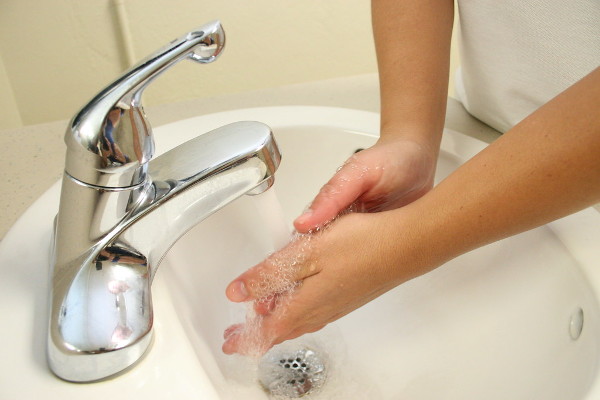Effective Hand Washing

With the latest headlines on the Corona Virus spreading throughout the world it is probably worth spending some time on protecting you from infection, not just injury . . . for both can have debilitating consequences. Experts from every corner of the world indicate that hand washing is perhaps the most effective preventive measure we all can take to prevent being infected with such transmitted diseases.
Keeping hands clean is one of the most important steps we can take to avoid getting sick and spreading germs to others. Many diseases and conditions are spread by not washing hands with soap and clean, running water. The Centers for Disease Control and Prevention (CDC) recommends cleaning hands in a specific way to avoid getting sick and spreading germs to others. The guidance for effective handwashing and use of hand sanitizer was developed based on data from a number of studies.
Washing your hands should involve these 5 scientifically proven steps:
- Wet your hands with clean, running water (warm or cold), turn off the tap, and apply soap.
- Lather your hands by rubbing them together with the soap. Be sure to lather the backs of your hands, between your fingers, and under your nails.
- Scrub your hands for at least 20 seconds. Need a timer? Hum the “Happy Birthday” song from beginning to end twice.
- Rinse your hands well under clean, running water. Do not use a basin of water to rinse your hands.
- Dry your hands using a clean towel or air dry them.
Many are in the habit of using the towel to turn off the faucet or opening the door handle however there is no real scientific proof this prevents additional contamination.
When should you wash your hands? Here are just a few suggestions. The more often, the better
- After returning from any public exposure
- Before, during, and after preparing food
- Before eating food
- Before and after smoking, vaping or smokeless tobacco
- Before and after caring for someone who is sick
- Before and after treating a cut or wound
- After using the toilet
- After changing diapers or cleaning up a child who has used the toilet
- After blowing your nose, coughing, or sneezing
- After touching an animal, animal feed, or animal waste
- After handling pet food or pet treats
- After touching garbage